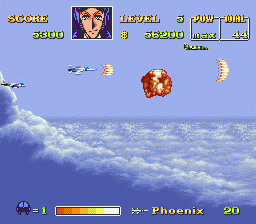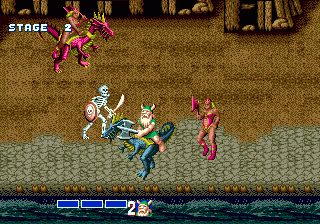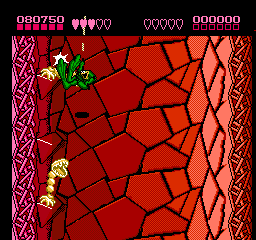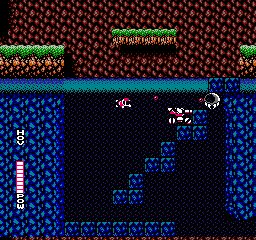Originally, I was building this hypothetical video codec around old 8-bit NES videos. However, my Old Skool gaming colleague, Trixter, suggested that I think more generally and design the codec around video output from 1st and 2st generation gaming consoles. For reference, these generations are defined as:
- 1st-generation: Atari 2600/5200/7800, Intellivision, Colecovision, Nintendo Entertainment System, Sega Master System, etc. 1976-1988
- 2nd-generation: Sega Genesis/CD/32X, Super NES, TurboGrafx-16, Neo Geo. 1989-1993
Writing about this codec idea is so much fun because I get to use colorful video game screenshots. For example:
 U.N. Squadron, Super Nintendo |
 Golden Axe, Sega Genesis |

